AO Edited
When Anthony Met Stanton
This statue commemorates the meeting of the most influential minds of the women’s rights movement.
On the evening of May 12th in 1851, there was a meeting on the sleepy streets of Seneca Falls, New York, that would change history.
Three of the major forces of the 19th century women’s rights movement happened to be attending the same anti-slavery meeting. Walking home from the event, Elizabeth Cady Stanton, who was hosting the night’s anti-slavery speakers for dinner, came upon her friend Amelia Bloomer and one of Bloomer’s friends. There, on the street corner, Bloomer introduced Stanton to Susan B. Anthony.
In her memoir Eighty Years and More, Stanton recalled that she “liked her thoroughly.” However what Anthony didn’t like so much was not being asked to Stanton’s house for dinner with the organizers of the earlier meeting. Stanton wrote, with the wound of the slight probably long healed-over, “[Susan] has never forgiven me, as she wished to see and hear all she could from our noble friends.”
Anthony had been involved with the abolition and temperance movements, but as women — with little power in the mid-19th century — she and her colleagues weren’t making much headway. But she was also a teacher, and worried that her students could never achieve their full potential in a country with such a low regard for girls and women. She sought out Stanton, as one of the most influential leaders of the emerging women’s rights movement, and together the two worked tirelessly for more than half a century.
For her part, Bloomer was also a major supporter of women’s rights — and her preferred brand of activism required sensible clothes. Though she didn’t invent it, for a time she promoted a new, more comfortable clothing style in magazine articles and in her newspaper for women called The Lily. The new style was somewhat based on the idea of Middle Eastern women’s dress, which consisted of loose fitting pants gathered at the bottom worn under a short skirt. Bloomer eventually returned to more conventional dress, but “bloomers” have been named for her ever since.
In 1998, sculptor Ted Aub, a professor of art and architecture at Hobart and William Smith Colleges, was commissioned to create a statue in honor of the 150th anniversary of the 1848 Women’s Rights Convention. His bronze statue, “When Anthony Met Stanton,” was unveiled in 1999, overlooking the Seneca River and just down the street from Bloomer’s house. It’s also not far from Stanton’s house on Washington Street, the site of that dinner party snub so many years before.
Know Before You Go
Seneca Falls is in the Finger Lakes region of Upstate New York, between Rochester and Syracuse. Take exit 41 off I-90, and follow Rt. 414 south for about 5 miles to Rt. 20. Take Rt. 20 east for about 3 miles into Seneca Falls. Go south over the Ovid Street Bridge, and the statue is to your left along the south bank of the Seneca River. A bit further down East Bayard Street, at #53, is the Bloomer House, and at #32 Washington Street is the Stanton House. The Women's Rights National Historic Park Visitors Center is also nearby at 136 Fall Street, on the north side of the River. Part of the Votes For Women History Trail, the Park is run by the National Park Service and it covers four important historical sites of the struggle for equal rights for women, including the Wesleyan Methodist Chapel where Stanton held the first Women’s Rights Convention in 1848.








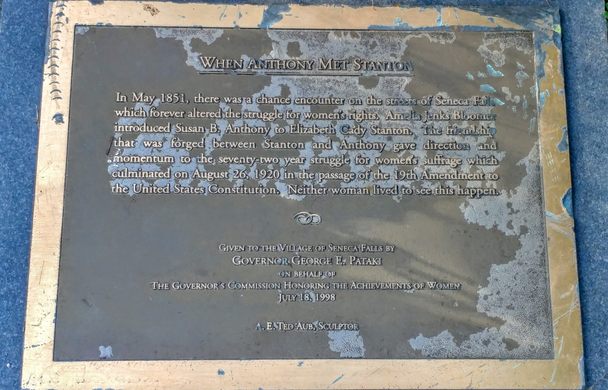






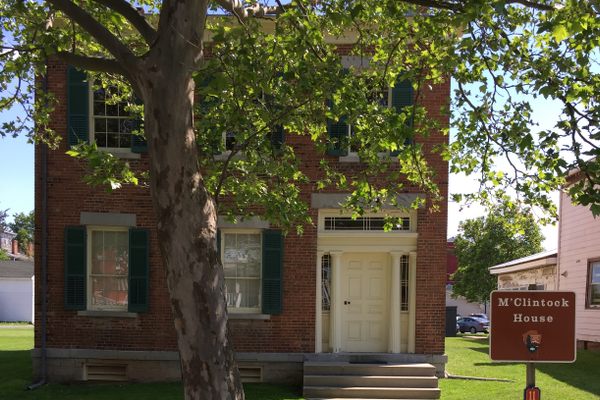
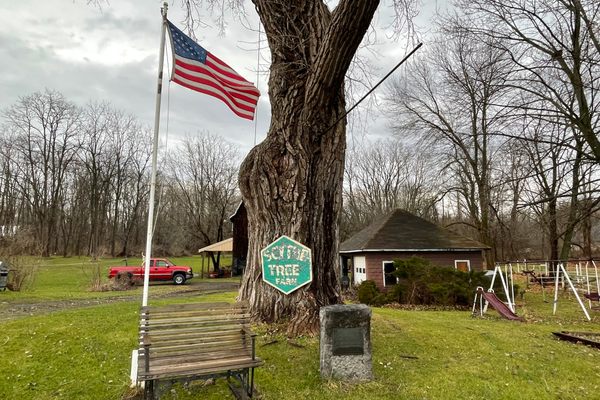

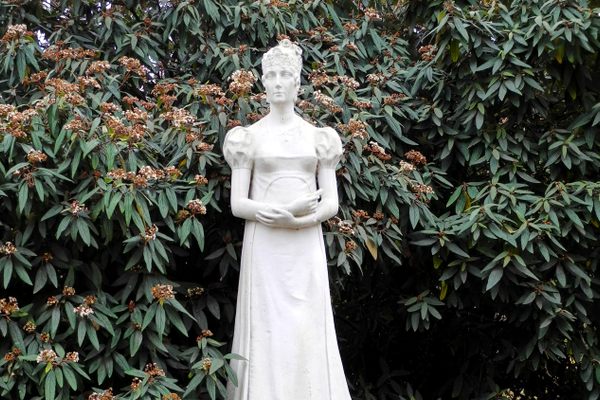
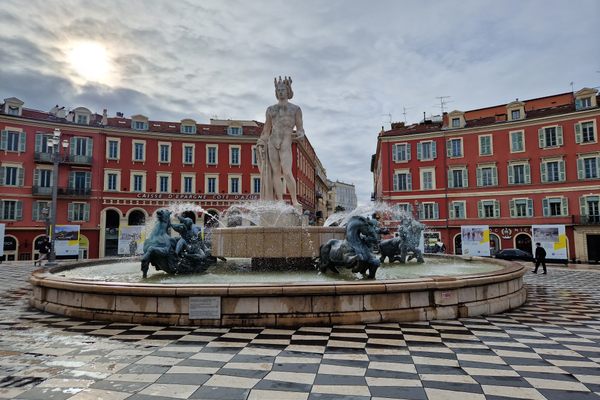
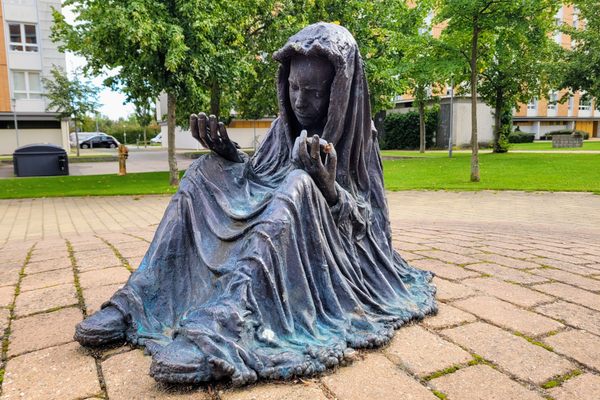

Follow us on Twitter to get the latest on the world's hidden wonders.
Like us on Facebook to get the latest on the world's hidden wonders.
Follow us on Twitter Like us on Facebook